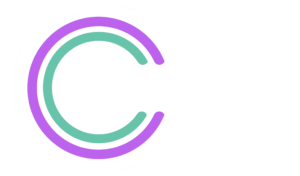
In the realms of internet connectivity, there are few options that beat the speed and reliability of fibre optic connections. This article will take you through the process of how fibre is connected to your house, starting from the network infrastructure to the actual installation process in your property.
By the end of this discussion, you’ll have a comprehensive understanding of fibre connectivity at home, along with its key advantages over other types of internet connection.
Understanding the Fibre Network Infrastructure
Fibre optic connections rely on an extensive network of fibre optic cables laid beneath our streets. These cables transmit data as pulses of light, resulting in lightning-fast internet speeds. The first phase in the process of setting up fibre connectivity at home is ensuring that these cables are present in your neighborhood.
Once the necessary cables are in place, a process known as fibre to the premises (FTTP) begins. In essence, FTTP involves running a fibre optic line from the nearest available network hub or switch to your property. This direct-line setup is what enables the extraordinary speed and consistency in data transmission that fibre optic technology is renowned for.
Installation Process at Home
Following the FTTP infrastructure setup, the installation process within your property begins. This phase involves setting up a fibre distribution hub inside your house, commonly known as an Optical Network Terminal (ONT). The ONT is responsible for converting the light signals from the fibre optic cable into data your devices can use.
The ONT apparatus is typically installed on a wall near where the fibre optic cable enters your property. A fibre line is then run from the external terminal box in the street, through a duct, and connected into your ONT. Once this physical installation is complete, the service provider can activate your connection.
Benefits of Fibre Connectivity
The connection method outlined above presents numerous benefits. For one, fibre optic connections offer significantly higher speeds compared to traditional copper-based networks. The direct line established from the network hub to your home ensures that these speeds remain consistent, irrespective of how far you live from the hub.
Fibre optic connections also offer enhanced reliability in terms of service uptime. Because data is transmitted as light, it’s not affected by electromagnetic interference. This reduces the possibility of unexpected outages and ensures that your internet connection is invariably up and running.
In Conclusion
To summarize, the connection of fibre to your house involves a two-step process starting with the establishment of a fibre optic network in your neighborhood, followed by the installation of a home distribution hub, or ONT. This method allows for super-fast and reliable internet connectivity, bringing a wide range of benefits, from faster download speeds to decreased latency.
Having reliable, high-speed fibre connectivity can unlock new digital possibilities and revolutionize your online experience. Optimizing your home for the digital age starts by understanding the connection process and identifying the significant advantages that fibre connectivity brings. Don’t get left behind in the digital revolution. Embrace the future of internet connectivity for a seamless digital lifestyle.
